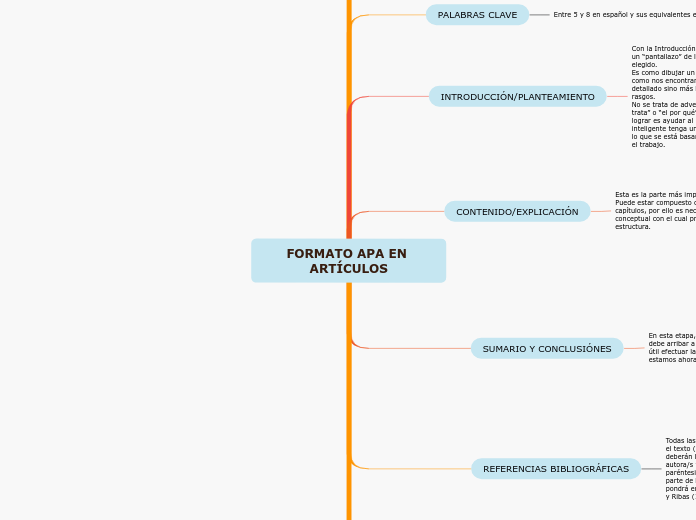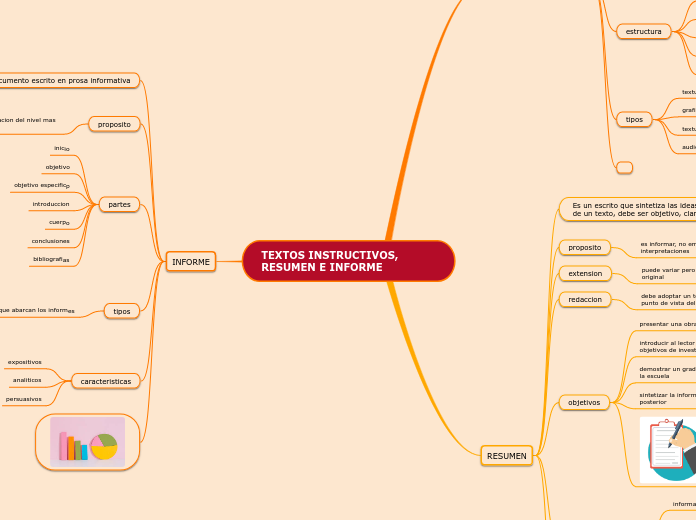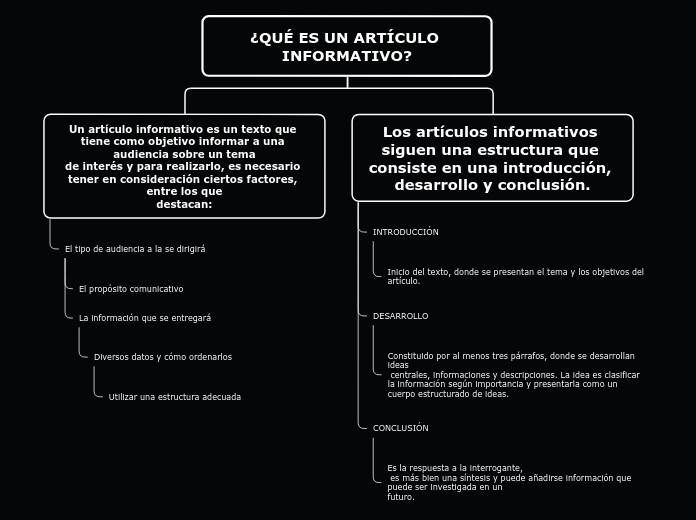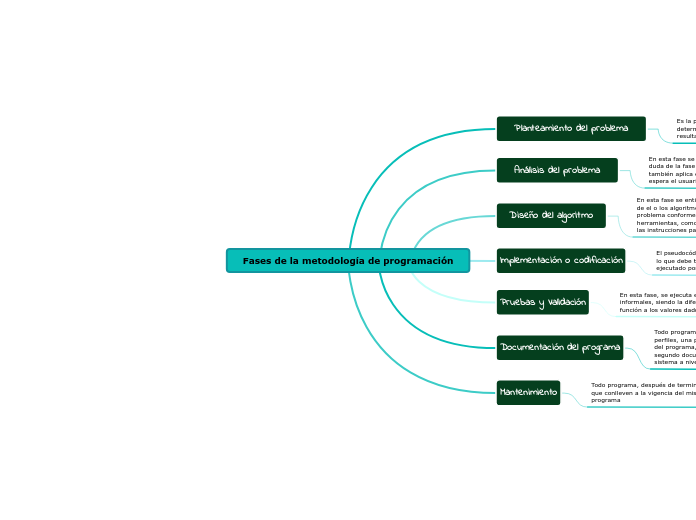FORMATO APA EN ARTÍCULOS
To name your story, you have to think about the overall message and what you want your audience to understand from the story. Also, make it relevant and easy to remember.
APÉNDICE
Es una sección que se ubica al final de un texto académico donde se incluye información adicional que no tiene cabida en el texto principal.
En un trabajo que sigue el formato APA, los apéndices se colocan al final, después de la lista de referencias.
Cada uno en página separada.
NOTAS DE PIE
Se enumeran en el orden que aparece en el manuscrito en números arábigos. Se listan todas juntas comenzando en una página separada.
REFERENCIAS BIBLIOGRÁFICAS
Todas las referencias bibliográficas se insertarán en el texto (nunca a pie de página) y
deberán llevar siempre el apellido del autor/es o autora/s y el año de publicación entre
paréntesis. Si el apellido del autor o autores forma parte de la estructura formal de la frase, sólo se pondrá entre paréntesis la fecha; por ejemplo: Pérez y Ribas (1996). Pero estas pueden variar.
Informes
Revistas
Libros
SUMARIO Y CONCLUSIÓNES
The ending of a story is essential. We all know that if the ending is weak, what happened before loses its importance. So make it unpredictable, but fair. A resolved ending answers all the questions and ties up any loose threads from the plot.
En esta etapa, como se refirió precedentemente, se debe arribar a una síntesis dialéctica y para ello es útil efectuar las siguientes preguntas: “¿Dónde estamos ahora?” o “¿Qué es lo que esto nos dice?”.
OBSERVACIONES FINALES
RELACIONES
This is the closure section of the story.
See examples of possible outcomes below:
- all problems have been solved
- it's clear how each one of your characters ends up
- your main character is transformed by the challenge
SÍNTESIS
This is the moment when the main character surpasses the last obstacle and finally faces their greatest challenge.
The climax usually follows one of these patterns:
- realization
- resolution
- choice
Type in your answer.
CONTENIDO/EXPLICACIÓN
The middle of the story is where you add layers of complications that will lead to the end. Reveal more about the character's journey. Did their personality go through changes? How did they overcome the challenges? And as you build up the story’s central conflict, make it more personal to that character. Also, from the middle act, you have to lead into the final act.
Esta es la parte más importante de todo el trabajo. Puede estar compuesto o comprendido en uno o más capítulos, por ello es necesario realizar un mapa conceptual con el cual primigeniamente sabremos su estructura.
DISCUSIÓN
Your character(s) need(s) motivation in order to solve the challenge(s).
Demostración
Secondary characters also might have motivs beacuse of which they may cross path with main character or which might trigger them to help the main character.
Discusión
Secondary characters might also have motives that lead them to cross paths with the main character or which might trigger them to help the main character.
Análisis
Why does your character need to confront this challenge? What does he/she expect to accomplish by solving it?
See a few examples:
- will marry in 3 days
- can fix the mistakes of the past
DEFINICIONES
Each story has a main character and that character usually needs to solve a problem or challenge. The character's challenge is the one that creates tension throughout the story.
INTRODUCCIÓN/PLANTEAMIENTO
In the beginning of the story (or the exposition), you will need to introduce the setting and characters. You might also want to introduce the main conflict. This part of the story is important because it gives the reader necessary background information and maybe even a first insight into a character’s personality.
Con la Introducción lo que se trata de hacer es dar un “pantallazo” de la situación motivo del tema elegido. Es como dibujar un “paisaje” que describe donde y como nos encontramos y, obviamente, no es detallado sino más bien debe ser realizado a grandes rasgos. No se trata de advertir al lector sobre el “que se trata” o “el por qué” sino más bien, lo que se debe lograr es ayudar al lector a que de manera rápida e inteligente tenga una mirada clara y razonada sobre lo que se está basando el investigador para escribir el trabajo.
CONDICIONES DE INVESTIGACIÓN
The setting (time & place) of a story can change throughout the plot.
Métodos/Materiales
Sensory details include sight, sound, touch, smell, and taste. These details are important because they create depth in your setting.
See a few examples below:
- the smell of fresh bread
- the scent of freshly cut grass
- rain falling onto the windshield etc.
Estado del tema
The time of the story can also change. It can describe the event of a single day or can include an entire year's plot. Anyway, don't forget to mention it.
HIPÓTESIS
Characters are essential to a good story. Usually, the protagonist(s) is/are the most affected by the plot. Introduce a character by focusing on their actions, interests, and occupation, as the physical appearance doesn't make a difference in most cases.
PALABRAS CLAVE
Entre 5 y 8 en español y sus equivalentes en inglés.
RESUMEN (ABSTRACT)
Preciso, que refleje el propósito y el contenido. Informativo, no evaluativo. Coherente y legible. Conciso, breve. Incluye sólo los cuatro o cinco conceptos más importantes, usando palabras específicas. Extensión máxima de palabras permitidas: 250. En español e inglés.
PORTADA
Notas del autor
Identifica las fuentes de apoyo económico;
reconocimiento de las contribuciones profesionales y asistencia personal de un colega en la conducción del estudio.
Afiliación institucional de autor.
Incluye el correo electrónico.
Nombre y apellido del autor del trabajo.
Título abreviado (máximo 50 caracteres)
Que se imprime en la parte superior de
las páginas de un artículo publicado.
Título del trabajo
Que sintetice en forma
clara, la idea principal del escrito. No debe superar las 12 palabras.










